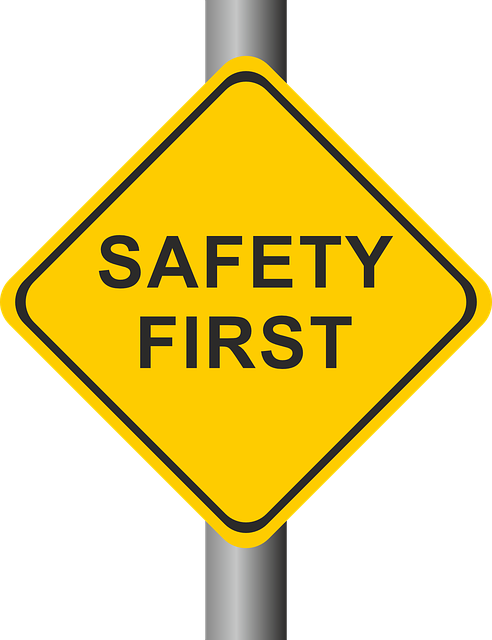Property condition checks in real estate are essential for informed decisions during buying, selling, or renting. These comprehensive examinations by professionals assess structural integrity, systems functionality, and environmental factors, revealing issues like foundation cracks, plumbing leaks, electrical hazards, or pest infestations. The process involves evaluating structural components, mechanical systems, cleanliness, compliance with building codes, and aesthetic appeal to determine current state and future value. Real estate pros should follow best practices, including reviewing property history, using detailed checklists, engaging all senses, documenting findings precisely, and considering digital tools for objective decision-making.
In real estate, conducting thorough property condition checks is paramount. These assessments ensure transactions are fair, protect buyers and sellers alike, and prevent costly surprises. Understanding the key components of a comprehensive checkup is essential for accurate evaluations. This article delves into the process, providing best practices for efficient real estate property condition assessments.
Understanding Property Condition Checks in Real Estate

In real estate, property condition checks are a crucial step in the buying, selling, or renting process. These thorough examinations ensure that both parties have a clear understanding of the property’s current state and any potential issues. By conducting comprehensive checks, investors, buyers, and tenants can make informed decisions, avoiding costly repairs or unexpected surprises. It involves assessing various aspects, from structural integrity to systems functionality, and even environmental factors.
Real estate professionals often emphasize the significance of these checks to mitigate risks. They help identify red flags like foundation cracks, plumbing leaks, electrical hazards, or even signs of pest infestations. With detailed reports, buyers can negotiate repairs, while sellers can prioritize necessary work to enhance their property’s market value. This process is essential in fostering transparency and ensuring a smooth transaction within the real estate industry.
Key Components of a Comprehensive Checkup

When conducting a thorough property condition check in real estate, several key components must be evaluated to ensure the property’s current state and potential future value. The process should encompass structural integrity, including exterior conditions such as roof, siding, and foundation, as well as interior aspects like walls, floors, and ceilings. Mechanical systems like heating, ventilation, and air conditioning (HVAC), electrical wiring, plumbing fixtures, and appliances must be inspected for functionality, age, and need for repair or replacement.
Additionally, assessing the property’s overall cleanliness, including both interior spaces and exterior grounds, is vital. It involves checking for signs of pest infestation, water damage, mold growth, or any other environmental issues that could affect health and safety. A comprehensive checkup should also consider the property’s compliance with local building codes and regulations, as well as its general aesthetic appeal and curb value.
Best Practices for Accurate and Efficient Evaluations

When conducting property condition checks, real estate professionals should adhere to best practices for accurate and efficient evaluations. Start by thoroughly reviewing the property’s history and previous inspections to identify any known issues or recurring problems. This contextual understanding is crucial for a comprehensive assessment. Next, employ detailed inspection checklists tailored to different property types, ensuring no stone is left unturned. Regularly update these checklists based on changes in building codes, new safety standards, or emerging trends in the real estate market.
During the physical inspection, engage all senses—sight, sound, touch, and sometimes even smell—to capture a holistic view of the property’s condition. Document findings meticulously, including clear photos and detailed descriptions. This level of documentation aids in objective decision-making for potential buyers or investors. Additionally, consider incorporating digital tools such as 3D cameras or drone surveys to capture hard-to-reach areas and enhance the visual representation of the property’s state.






